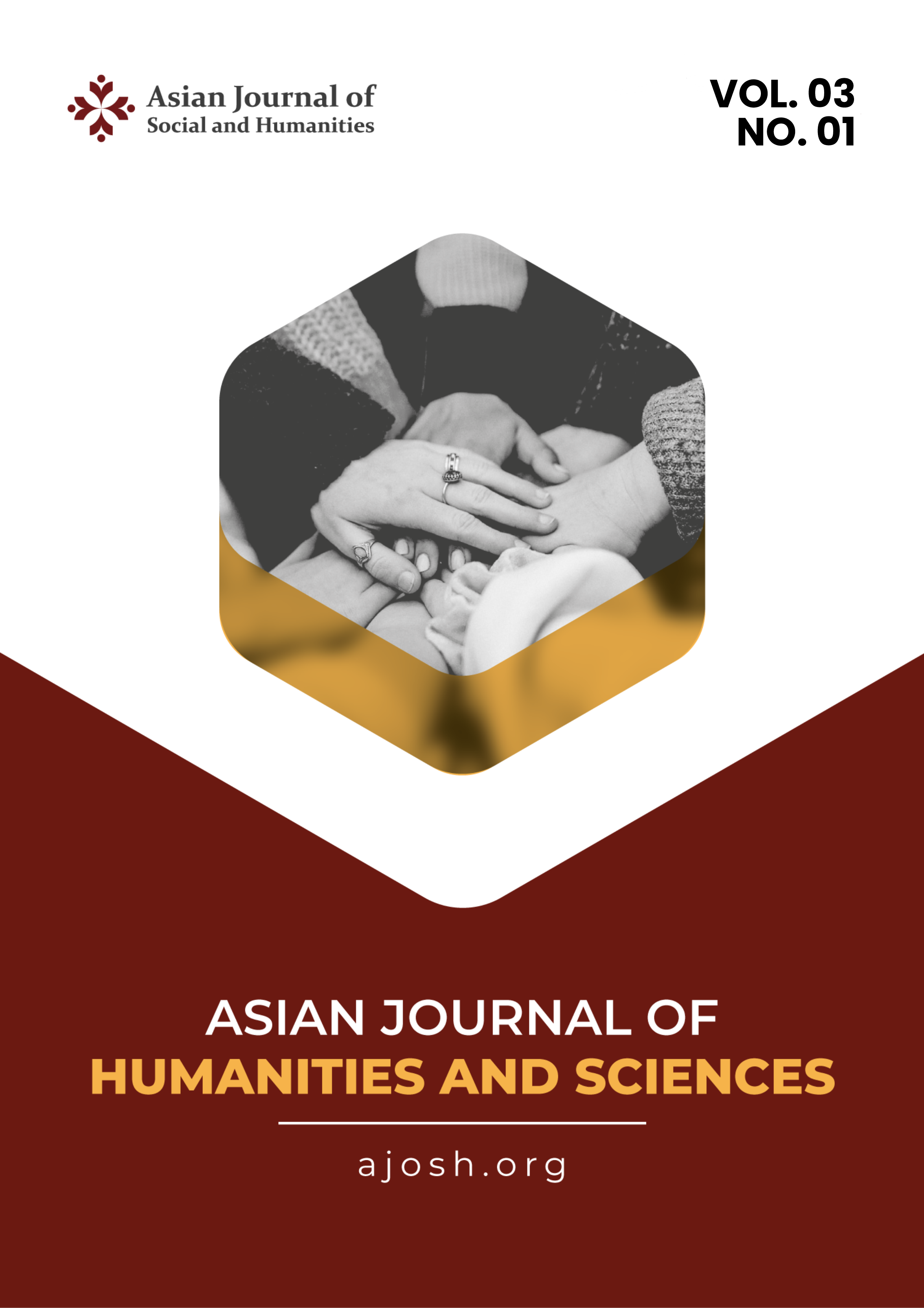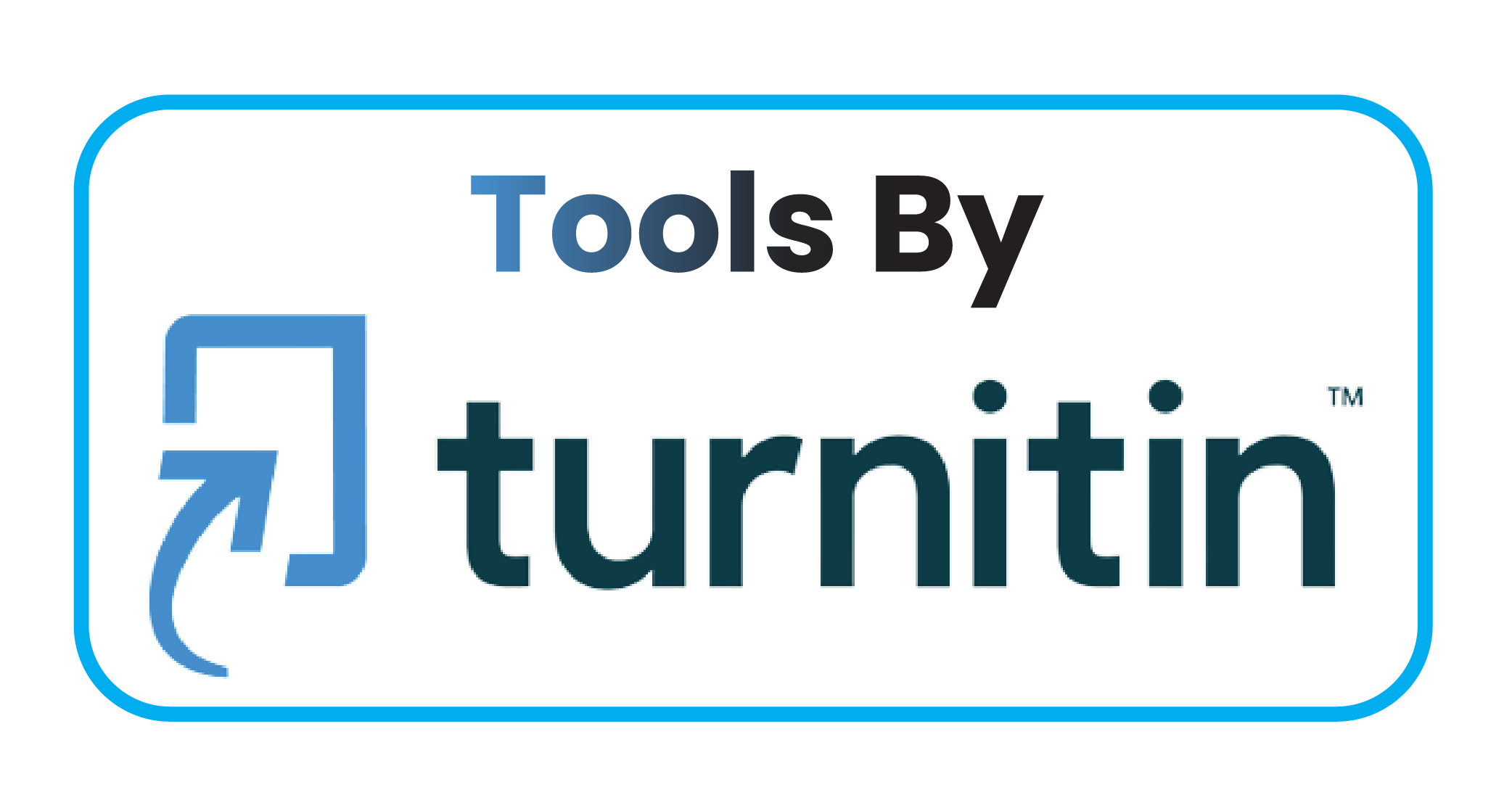Comparison of SVM, KNN, and Naïve Bayes Classification Methods in Predicting Student Transfers at BK Palu School
DOI:
https://doi.org/10.59888/ajosh.v3i1.413Keywords:
student transfers;, classification methods;, predictive modeling;, BK palu schoolAbstract
Student transfers are a significant issue in schools and can affect the dynamics of education and student performance. This research aims to predict student transfers using a comparative analysis of three classification methods: Support Vector Machine (SVM), K-Nearest Neighbors (KNN), and Naïve Bayes. The study utilizes historical data from BK Palu School, covering the years 2022 to 2024, which includes demographic, academic, socio-economic, and student quality information. The methodology involves data collection, data preparation, algorithm selection, implementation, and evaluation of the three methods. The performance of the classification methods is assessed using metrics such as accuracy, precision, recall, and F1-score. The results indicate that SVM has the highest accuracy in predicting student transfers, followed by KNN and Naïve Bayes. This study contributes to identifying key factors influencing student transfers and offers schools a robust model to develop targeted strategies for reducing transfer rates. Ultimately, this research provides insights into optimizing student retention and improving the overall quality of education.
Downloads
Published
Issue
Section
License
Copyright (c) 2024 William Nugraha, Gerry Firmansyah, Agung Mulyo Widodo, Budi Tjahjono

This work is licensed under a Creative Commons Attribution-ShareAlike 4.0 International License.
Authors who publish with this journal agree to the following terms:
- Authors retain copyright and grant the journal right of first publication with the work simultaneously licensed under a Creative Commons Attribution-ShareAlike 4.0 International. that allows others to share the work with an acknowledgement of the work's authorship and initial publication in this journal.
- Authors are able to enter into separate, additional contractual arrangements for the non-exclusive distribution of the journal's published version of the work (e.g., post it to an institutional repository or publish it in a book), with an acknowledgement of its initial publication in this journal.
- Authors are permitted and encouraged to post their work online (e.g., in institutional repositories or on their website) prior to and during the submission process, as it can lead to productive exchanges, as well as earlier and greater citation of published work.










